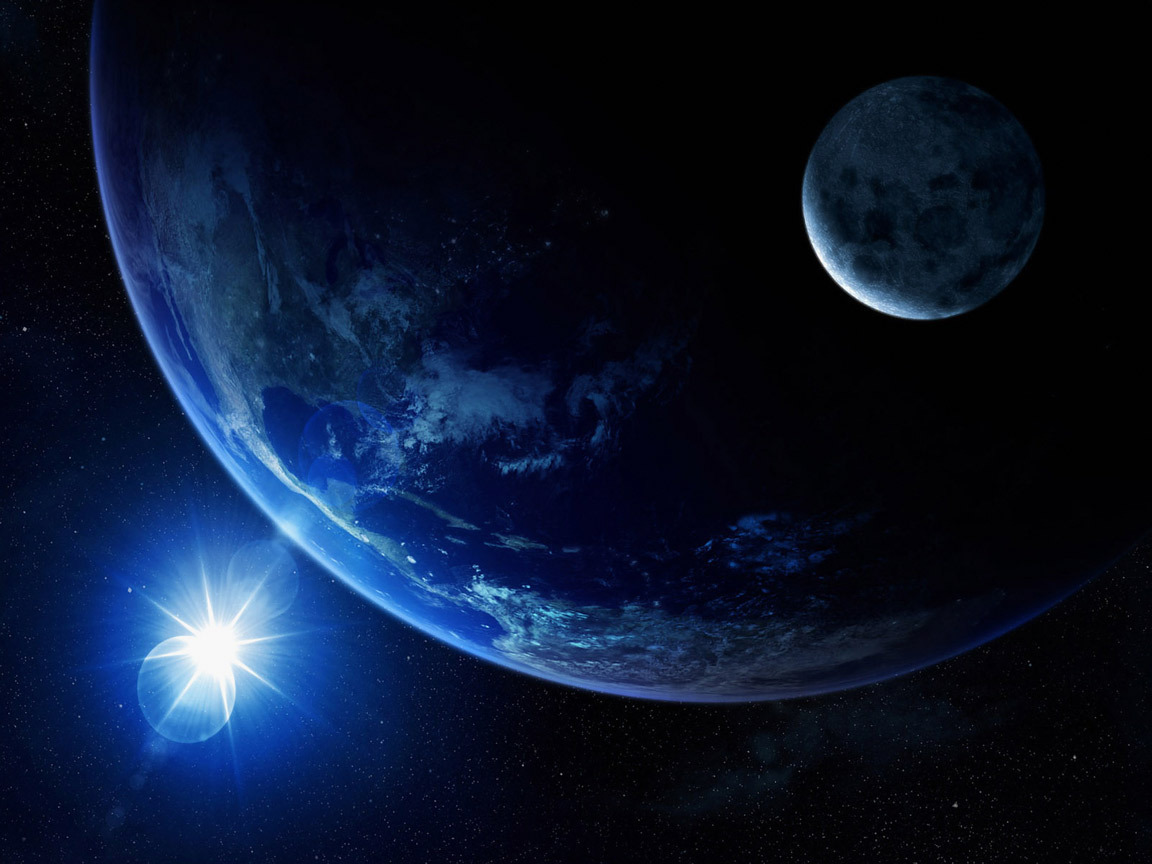

More and more earth-like planets are found daily using high-powered telescopes all over the world but, this one, this one is the closest and most suitable for alien life as we expect to find it!
Live Science writes:
A newly discovered alien planet may be one of the top contenders to support life beyond Earth, researchers say.
The newfound world, a “super Earth” called Gliese 163c, lies at the edge of its star’shabitable zone — that just-right range of distances where liquid water could exist.
“There are a wide range of structures and compositions that allow Gliese 163c to be ahabitable planet,” Xavier Bonfils, of France’s Joseph Fourier University-Grenoble, told SPACE.com by email.
He went on to caution that several possible uninhabitable combinations exist as well. [The Top 5 Potentially Habitable Alien Planets]
A newfound super Earth
Bonfils and an international team of astronomers studied nearly 400 red dwarf stars with the High Accuracy Radial Velocity Planet Searcher (HARPS), a spectograph on the 3.6-meter telescope at the European Southern Observatory’s La Silla Observatory in Chile.
Gliese 163c was one of two alien planets found orbiting the star Gliese 163, which lies about 50 light-years from Earth in the Dorado constellation The team found indications of a third planet as well but cannot confirm it at this time.
Weighing in at about seven times the mass of Earth, Gliese 163c could be a rocky planet, or it could be a dwarfed gas giant, researchers said.
“We do not know for sure that it is a terrestrial planet,” Bonfils said. “Planets of that mass regime can be terrestrial, ocean, or Neptune-like planets.”
Orbiting at the inner edge of the habitable zone, Gliese 163c takes 26 days to zip around its parent star, which is considerably dimmer than our sun. The second planet, Gliese 163b, has an orbital period of only nine days, while the third unconfirmed planet circles from a distance.
Read more at livescience.com
